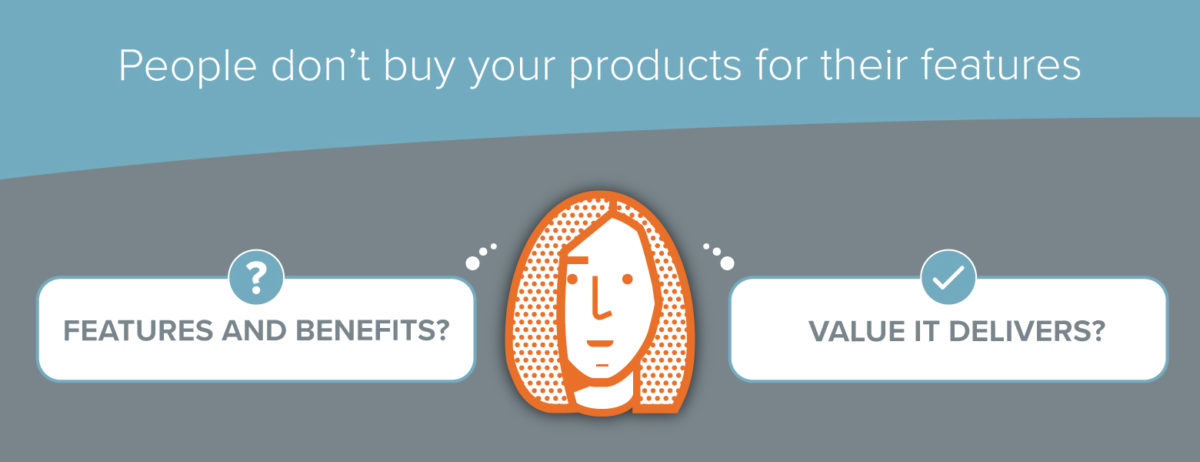For too long, industrial companies have been selling products, systems and even services almost exclusively on the basis of features and benefits.
“Take a look at our latest Spivot Wrangler. Not only is it new and exciting”, goes the typical sales patter’ “but it’s got these fantastic features. Look, there’s a bell here and a whistle there; we’ve even built in a colour touchscreen and menu interface, so you can gather loads of amazing data – you can even upload this to your factory management system”.
This type of approach is all too common. It may be more sophisticated in terms of language, context and delivery, but fundamentally most sales approaches are based on the assumption that prospective customers make their purchase decision based on a rational assessment of product features and associated benefits.
In reality, decision making is far more complex. Although the process may include a consideration of features, this will be way down the list of factors that ultimately drive buying behaviour.
The route to success begins with an understanding of why anybody should care about what you’re selling. This has to work at an emotional and rational level; we all make decisions based on emotional responses – we can’t help it; it’s the way our brains are wired. We then post-rationalise the decision using data, which might – just might – be where product features come into consideration.
Success therefore depends on truly understanding what your prospective customers want. So your new spivot wrangler with its ability to capture data might be a pivotal tool to help customers better understand process conditions in real time; this may then allow then to refine the operation of their machines and thus increase productivity or reliability.
The sales pitch should therefore be framed in terms of, “What would a 10% improvement in productivity look like to you? Imagine how it would feel to have even happier customers, a bigger market share, or the ability to get home in time to read your children their bedtime story.”
This might appear simplistic, but the key point is that you need to look beyond what your product does and focus on the value that it delivers to customers. Bear in mind that this might be different for each one and that it has to consider both business and personal values – B2B buyers are consumers at heart!
Then, and only then, can you start to talk about features, but only if this is framed within the context of the bigger picture.
If you’d like to learn more about how to develop an integrated marketing and sales approach, that gets to the heart of what’s needed to build strong and sustainable revenues, then please get in touch.



